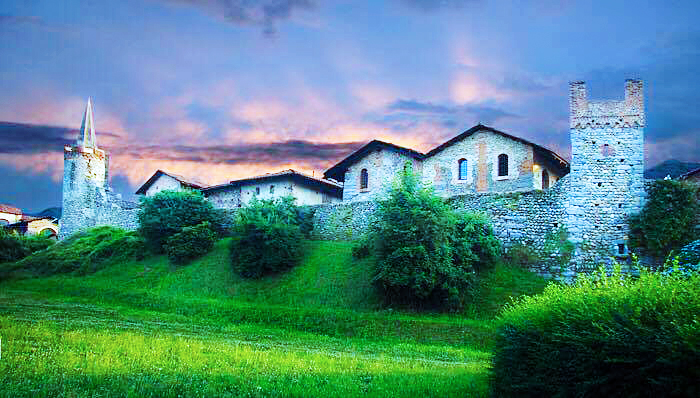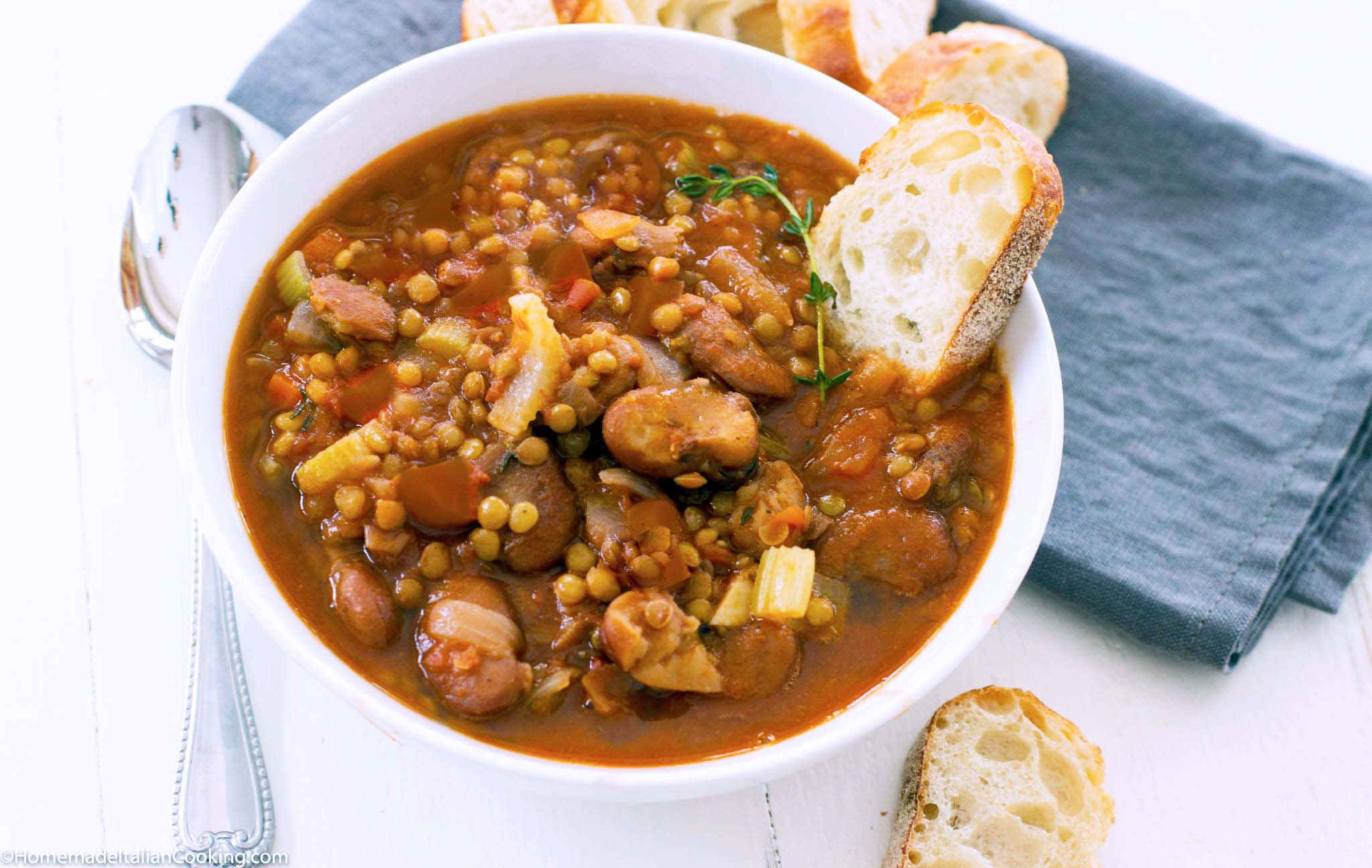One of the most thrilling aspects about getting to know the Province of Biella is that it is not a tourist destination, but one of those spots that should be visited at least once in a lifetime. The capital city, Biella is a gem for connoisseurs, the perfect retreat for a weekend or a break from the bustle of a busy travel schedule. It is the ideal blend of the comforts of a small city filled with shops, boutiques, restaurants and entertainment and that of an old village, where time seems to have stood still. The province of Biella has had a relatively brief existence; it was only established in 1992, but it is renowned for its fine landscapes and its role in the rise of industry in Piedmont. It stretches across the northern portion of the region and borders the Valle d’Aosta Valley to the west.
In this unspoiled land, visitors marvel at the beauty of nature presented by the Biellese Mountains which are dotted with lovely valleys, far away from the usual tourist routes. The reserves enclose wonderful landscapes, from the wide and pristine tract of the Riserva Naturale Orientata delle Baragge, to the Alpine environment of the Zegna Oasis and the memorable drive along the Via dei Rododendri, the beauty of nature is all around. Further to the south, in the area most popular with tourists, is Lake Viverone, with cool clear waters. Yet within areas that appear to be untouched by human hands are numerous ancient destinations of pilgrimages, such as the Sacro Monte di Oropa, a UNESCO World Heritage site and one of the most important shrines in Europe.
According to legend, a wooden statue of the Virgin Mary carved by Saint Luke was found in Jerusalem by Saint Eusebius of Vercelli and was carried to Oropa in the 4th century AD. It was placed into a small niche of a boulder at a height 3,800 feet above sea level. In time, a small church and later a basilica were erected at the spot. Over the ensuing centuries, several other buildings were added to the complex, including royal apartments of the House of Savoy, a large library and the Royal Gate, a masterpiece designed by the architect Filippo Juvarra in the 18th century. The last building added to the sanctuary was the Upper Basilica, a monumental church begun in 1885. Its dome is 260 feet high and the church can hold 3000 people. The wooden statue has some peculiar characteristics. Despite its age, the statue has no woodworm and even though there is an ancient tradition of touching the foot of the Madonna for good luck, it is not worn out. Additionally, dust never settles on the face of the Virgin. Around 800,000 people visit the sanctuary each year.
Two other places of devotion that are worth visiting are the Sanctuary of Graglia and Sanctuary of Giovanni d’Andorno. The locations of each provide sweeping panoramic views of the hilly area and are set within pristine natural environments.
In the southern portion of the province, the remains of ancient churches and villages from Middle Ages can still be seen along the Via Francigena, a route for pilgrims that historically connected Rome to the northern world.
The territory encompasses a multitude of charming and picturesque villages, as well as medieval walled towns. When in the area, a visit to Candelo is a must. It contains the best preserved example of a ‘ricetto’ anywhere in Europe. Similar in concept to a castle’s keep, a ricetto is a fortified structure used for protection from marauders and invading armies. The Ricetto of Candelo is comprised of over one hundred buildings, some of which date back to the 10th century. The buildings are clustered within an area of about 3.5 acres. The structure is now surrounded by walls on three sides, while on the southern side, the Palazzo Comunale di Candelo was built in 1819. The Ricetto of Candelo is the home of cultural events and entertainment that take place throughout the year.
From Candelo, if you head east, you will be in the wine producing areas of Lessona, Bramaterra and Coste del Sesia. It is an ideal place to spend an afternoon visiting a vineyard or simply walking along the footpaths that lead to the Valsessera, the mountainous area between Biella and the Sesia Valley. This wonderfully untamed environment is still home to chamois, deer and marmot. Along the main roads you will find a good number of restaurants offering the province’s traditional dishes, accompanied by the wines that these sun-kissed hills produce each year.
Biella Province has for centuries been known for its manufacture of high quality wool. In the province capital, a great number of textile mills were built during the 19th century to expand the production and to this day, Biella continues to be internationally renowned. In the city you will not only find very well-equipped hotels that cater to the business crowd, but also plenty of outstanding shopping opportunities. More than 50 outlet stores are found alongside Europe’s most prestigious textile companies. In fact, the best souvenir from Biella might just be a cashmere coat or a few yards of beautiful fabric.
The city is divided into two distinct sections, the Biella-Piano and Biella-Piazzo. They are connected to each other by steep streets called coste and by a funicular railway. The medieval village of Piazzo built at the top of a hill, differs from the rest of the city and is characterized by its very old buildings, arcades and paved streets. Piazzo is dominated by the magnificent Palazzo Cisterna and a number of ancient churches. Below Piazzo lies the rest of the city, Biella-Piano, where visitors can explore fine examples of Renaissance architecture, including the Basilica and the Cloister of St. Sebastian, with its richly frescoed interior. Along the Cervo River are some imposing structures, evidence of the 1800s industrial age. The recently opened Museum of the Territory of Biella documents the local history in great detail. But of greater interest is the Via della Lana or Wool Route. Starting in Biella, it runs along the Sesia River and past ancient spinning factories such as the 18th century wheel factory of Pray (now a museum) and the Casa Zegna in Trivero.
The pre-Alpine hills and mountains of Biella encompass a variety of wild and unspoiled landscapes which form the ideal backdrop for active travelers during every season. If you are near the quiet mountain village of Veligo-Mosso, make sure to stop by and view the activities at the Colossus. Not for the faint of heart, it is the highest bungee jumping station in Europe! Even if you don’t want to participate, it is heart-stopping to watch thrill seekers drop 500 feet before being sprung upwards. Regardless of the itinerary you select for a visit to the province, from wine and cheese, to shopping and museums, like so many places in Italy, there are surprises galore around every corner.





